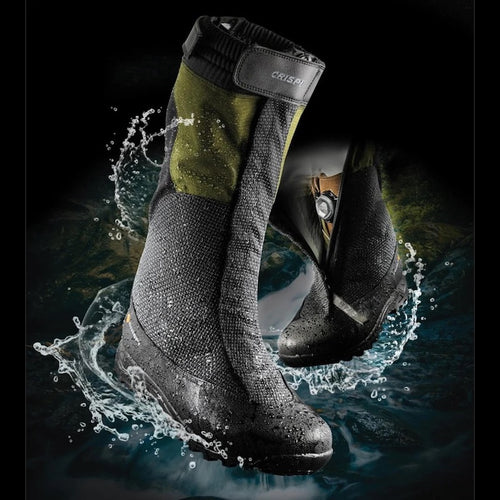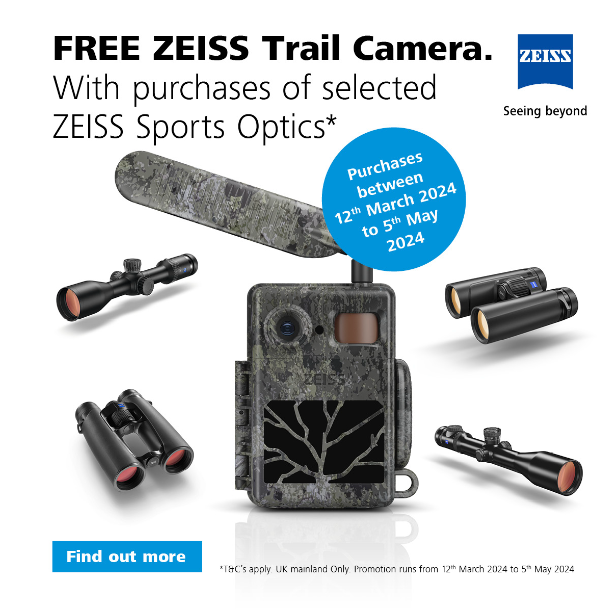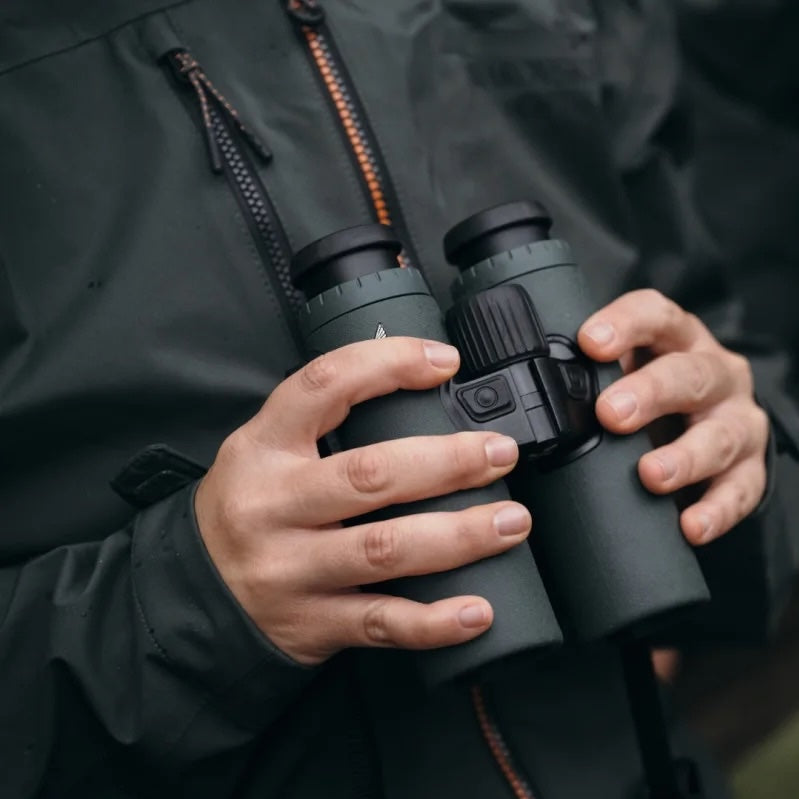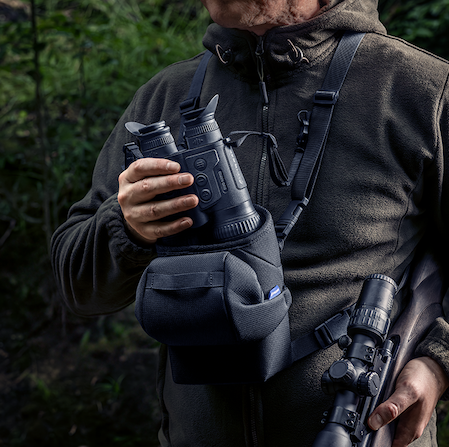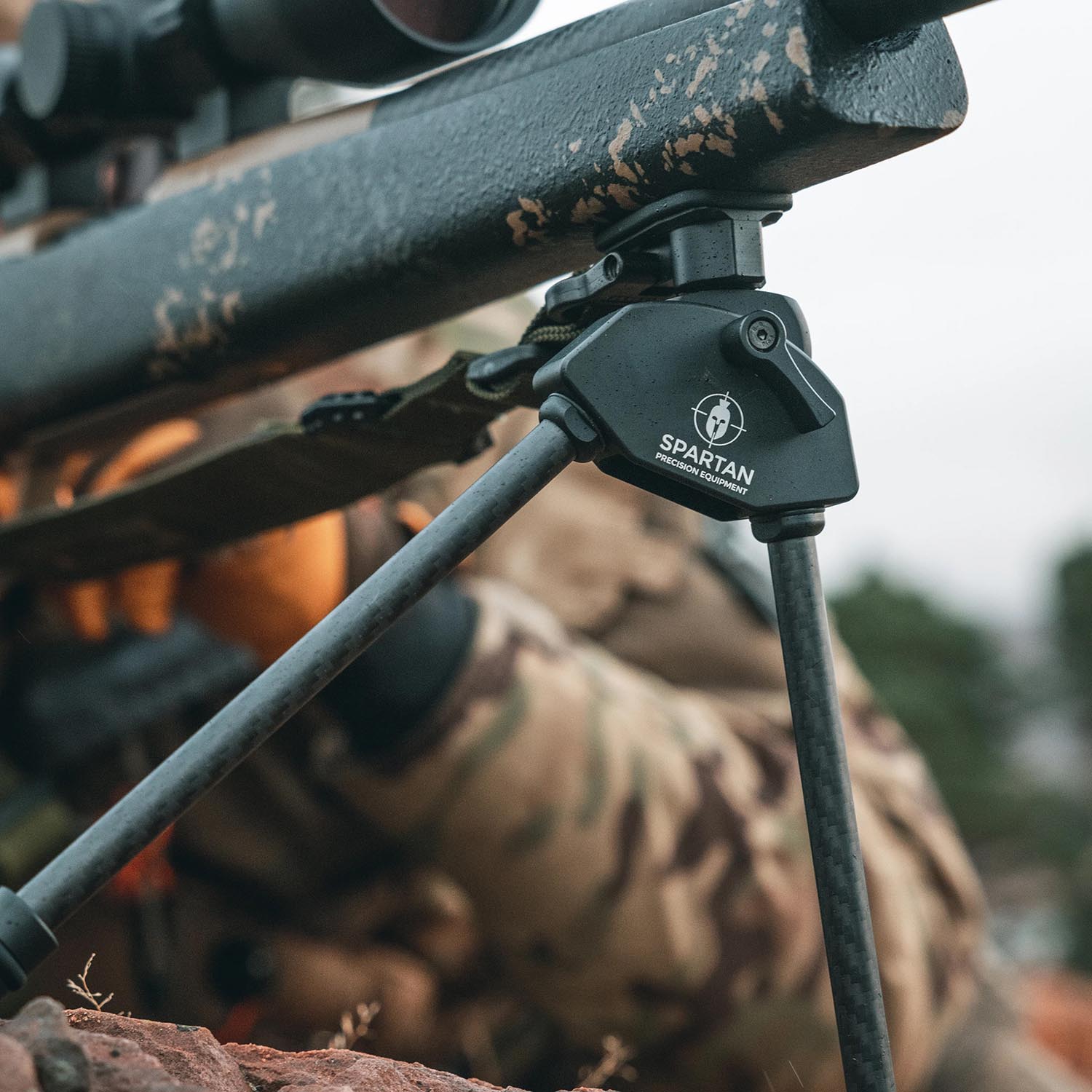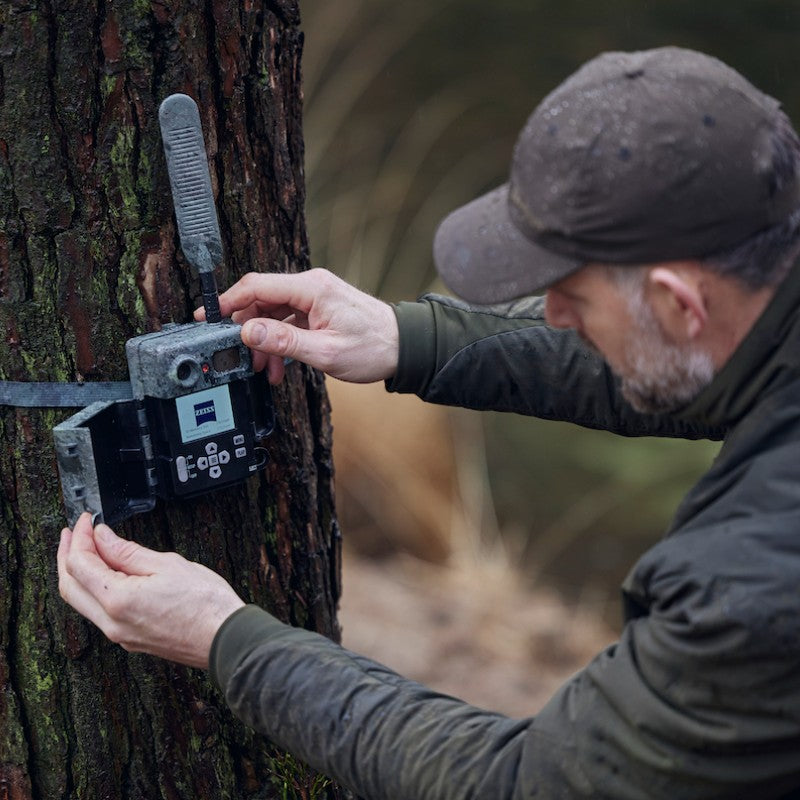Binoculars, what do the numbers mean?
Binoculars are essential equipment for bird watching, hunting, stargazing, and really all outdoor activities; once you have beautiful surroundings, binoculars only enhance the experience. In the simplest terms, they are used to magnify objects at a distance and bring them closer to the viewer. However, selecting the right pair of binoculars can be confusing, especially if you are not familiar with the technical terms associated with them. In this article, we will explore what the numbers on binoculars mean and how they affect the viewing experience.
Magnification Power
The first number that you will see on a pair of binoculars is the magnification power, this is the number before the 'x' (e.g., 8x42 or 10x50). This first number represents how many times closer the object will appear compared to the naked eye. For example, an 8x binocular will make an object appear eight times closer than it would be to the naked eye. The higher the magnification power, the more zoomed-in the view will be. However, bigger is not always better…the more magnification there is, the more shake the viewer will see. In this case, it is best to consider the exact application of the binoculars and speak to the experts.
Objective Lens Diameter
The second number that you will see on a pair of binoculars is the objective lens diameter (the objective lens is the opposite end to that the viewer looks through), which is represented by the second number in the set (e.g., 8x42 or 10x50). This number indicates the size of the front lenses in millimetres. The objective lens is responsible for capturing light and directing it to the eyepiece. The larger the objective lens diameter, the more light the binoculars can gather (higher light transmission), resulting in a brighter and clearer image. However, larger lenses also mean larger and heavier binoculars.
Field of View
The field of view is the area of visibility that can be seen through the binoculars. It is expressed in degrees or feet at 1,000 yards. A wider field of view allows you to see more of the surroundings and locate objects more easily/quicker. However, a wider field of view often comes at the expense of magnification power. Binoculars with a higher magnification power tend to have a narrower field of view.
Exit Pupil
The exit pupil is the diameter of the circle of light that emerges from the eyepiece. It is measured in millimetres and calculated by dividing the objective lens diameter by the magnification power (e.g., 42/8 = 5.25). The larger the exit pupil, the brighter the image will appear, especially in low light conditions. Binoculars with a smaller exit pupil will appear dimmer and may be more challenging to use in low light conditions.
Conclusion
In summary, the numbers on binoculars represent critical features that affect the viewing experience. The magnification power determines how close objects will appear, while the objective lens diameter affects the brightness and clarity of the image. The field of view determines how much of the surroundings can be seen, and the exit pupil affects the brightness. When selecting a pair of binoculars, consider the activity you will be using them for and the environment in which you will be using them to determine which features are most important for your needs. There will likely be slight compromises regarding weight/magnification/light transmission. It very much depends on the application of the binoculars.
At Cluny Country, we specialise in binoculars and are very happy to advise what may be best for you. Please contact us.



